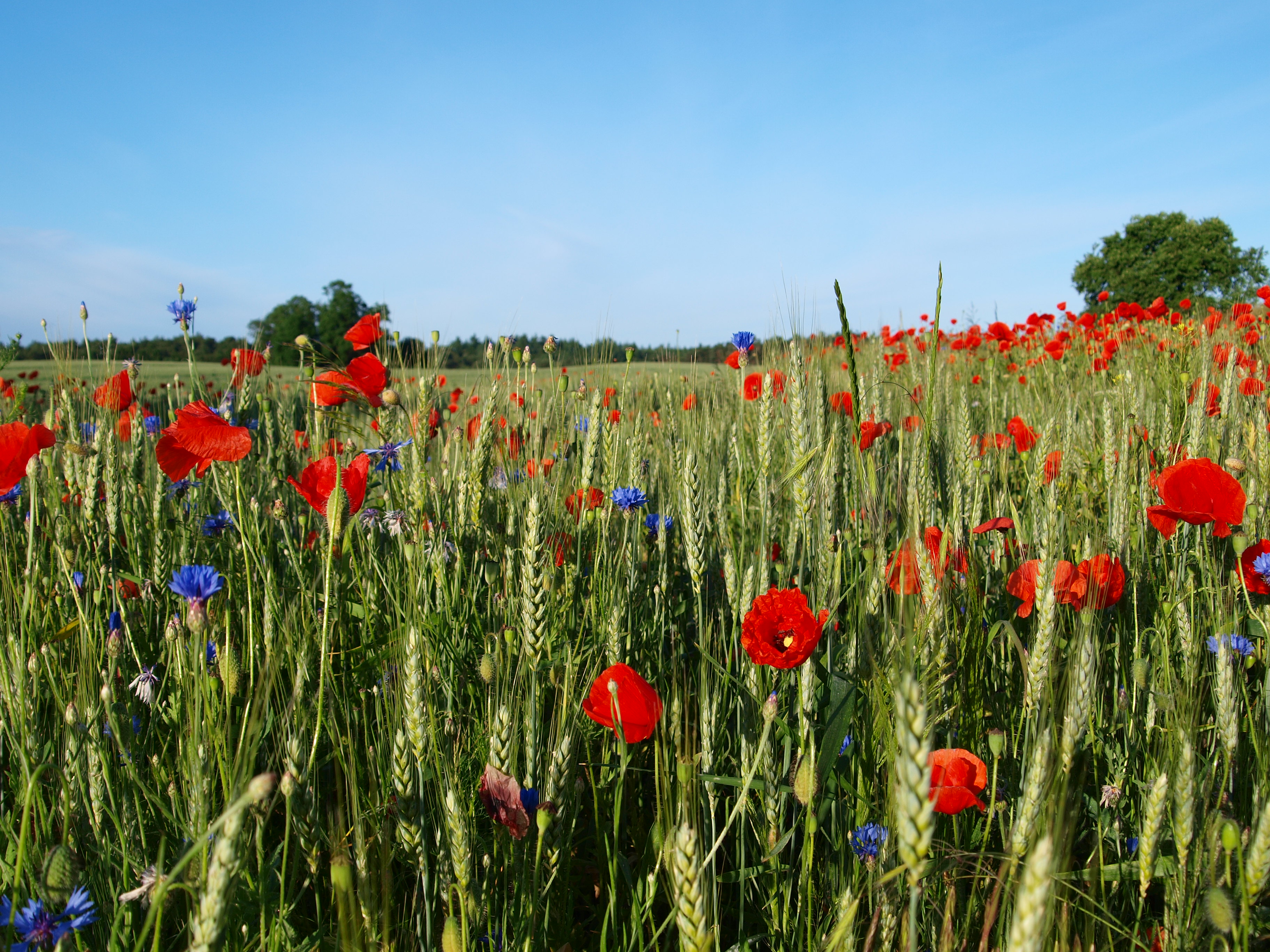Using weeds as a source of bioenergy
Within the framework of the EU-supported 'Sweedhart' project, Fraunhofer researchers are looking for ways of exploiting field weeds.

They have names like field bindweed, ragweed or couch grass – but poppies and corncockle count amongst them as well. For farmers, all these plants are weeds. Nature conservationists, on the other hand, speak of wild herbs or 'arable flora'. Many weeds are becoming increasingly resistant to herbicides, hindering the growth of actual crops in the process. The consequences can already be measured in terms of lower harvests.
Tackling weeds without herbicides
In order to ensure that enough food can still be grown in the future, scientists from Germany, Norway and Denmark have joined forces in the 'Sweedhart' project. They want to keep the wild plants at bay and reduce the global weed infestation of arable land. "Our approach is to investigate ways of limiting the weed infestation without having to use herbicides," explains Christoph Glasner from the Fraunhofer UMSICHT Institute that is coordinating the research project which began in May.
Disinfecting seeds in the combine harvester
'Sweedhart' is one of 14 European projects that are being funded by the EU as part of FACCE SURPLUS (Sustainable and resilient agriculture for food and non-food systems) with a total of 1.45 million euros. Here, it is not so much the radical extermination of the generally unpopular weeds that is at the focus of the research, but rather their potential. For the harvest includes about 25% of hay and straw, as well as energy-rich weeds. However, this source of biomass dissipates if it is not treated appropriately: Generally it just stays on the field so that the next generation of weeds can proliferate anew. This is something the researchers want to change. "So one of the aims of Sweedhart is to disinfect the weed seeds during harvesting by exposing them to the exhaust heat of the combine harvester, thus suppressing the weeds' capacity to germinate," explains Glasner.
Using the weeds' potential as energy suppliers
Next, the scientists want to find ways of utilizing the weeds as a source of biomass. For instance, energy-rich weeds could serve as source materials for generating renewable energy through combustion or for manufacturing novel materials, or for producing new types of fodder. "On conclusion of the project we want to provide a catalogue of successful as well as sustainable measures that prevent weeds on fields from being a burden and counteract the growing problems of herbicide resistance and invasive weed proliferation," summarizes Glasner. The researchers are convinced that the use of weeds for biomass production is both a decisive step towards sustainable agriculture as well as a factor that will underpin the shift towards a bio-based economy.
As well as the Fraunhofer UMSICHT Institute, the Westphalian agricultural machine manufacturer Claas and the universities for science and technology in Norway and Copenhagen are participating in Sweedhart.


